Introduction
Light switches turn lights on and off. They come in a variety of colors and shapes, with many different features and abilities. Light switches are generally an easy thing to upgrade in homes, and relatively cheap of a renovation cost. They additionally have had a lot of innovation in recent years with wifi and bluetooth capability, including automatic functions with apps and other features.
Switch Styles (Design)
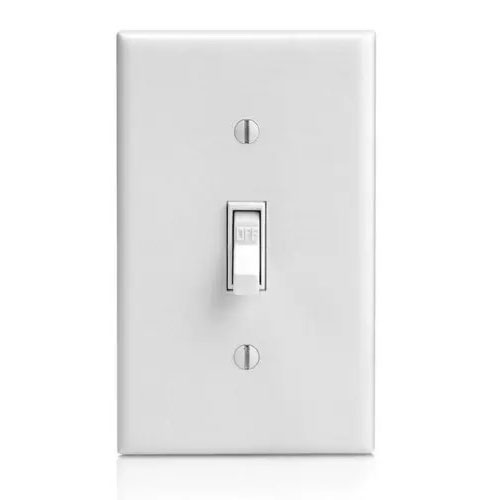

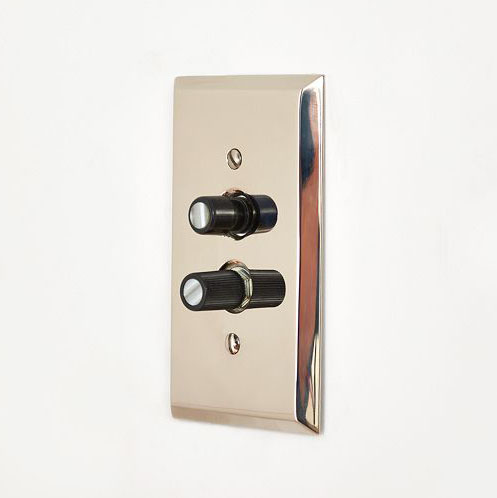
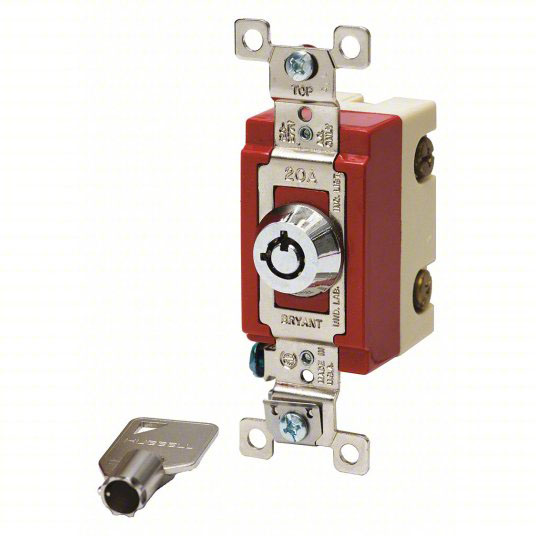
Switch Functions
Toggle
The most common type of switch that provides on/off ability. Toggle switch is the name given to the ability of a switch to simply turn on and off, however, it is also the style of the most common residential switch (above).
Dimmer
Dimmer switches reduce (dim) the amount of light provided by a fixture. This is useful when the maximum light levels are not needed, or different program functions require different levels of ambiance.
- Dimmer switches do provide lower levels of power to the fixture, and therefore, they use less energy. However, implementing dimmer switches is generally not considered an effective way to lower energy use.
Occupant Sensor
Turns on/off lights based on movement that is detected within its visibility range. Sensor is infrared, ultrasonic, or a mix of both. There are two main sensor types.
- Sensor is integrated into a more typical light switch in both size, design, and location. This allows the user to override the sensor, typically positioned at room entry.
- Sensors are mounted in specific locations throughout the room to detect the best range of activity/motion. Many times there is no lightswitch to override.
Timer Switch (Timer Controller, Time of Day Controller)
Timer switches are typically integrated into the switch and are programmable to turn on/off at designated times during the day. The simplest forms allow on/off once a day, while more complex versions may connect to a phone app and allow multiple customizable settings, including automatic adjustments to dawn/dusk.
Daylight Compensation Control
Daylight compensation controls use photocells to dim lights or turn them off/on automatically with the level of light changing in the space that they are positioned.
- Studies show they can reduce energy consumption for exterior lighting up to 60%
- Typically used at the perimeter/exterior lights on a building
Code and Energy Considerations
Many codes have requirements for lighting and energy design considerations. Such as most energy codes requiring automatic lighting shutoff be used in buildings larger than a certain size (5,000 SF for example).
This can get into specifics such as (these are theoretical examples, consult your local codes for specifics):
- Time of day controllers programmed to shut off for floors over 20,000 SF
- Occupant sensors turning off lights after 30 minutes
- Separate controls or alarms to signal when a device is not in use
LEED and other ratings systems generally require more sophisticated lighting controls and switching methods to control a building’s energy use for lighting.
- Individual area switching is required by model codes and energy conservation codes.
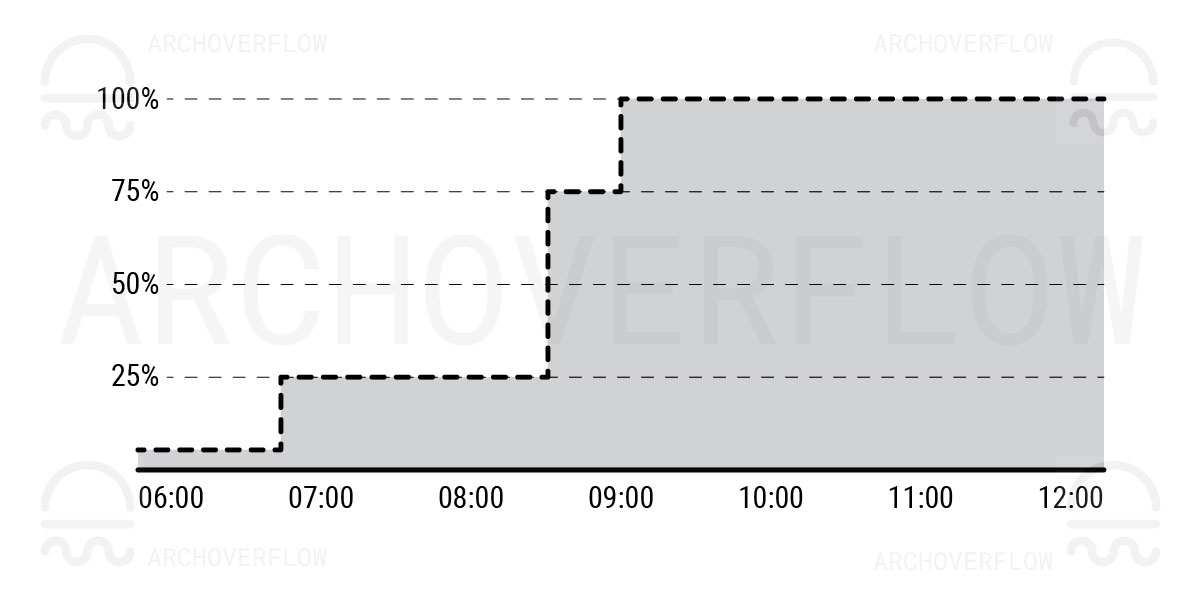
Multi-Level Lighting Control
A system which allows the lighting power to be adjusted or reduced uniformly in steps to accommodate for the levels of activities in a room. This might mean multiple light switches or a smart system with automatic controls.
- For example (above), if an office has 100 lights across its space, the system may be running emergency and minimum lighting overnight, and then turn on 25 lights across the space (uniformly distributed) at 6:45am for early arrivers. It may then turn on 50 more at 8:30am for the start of the work day. The lights then allow a user at any time to manually switch on the rest of the lights (say at 9:00am) if more illumination is desired. The code acknowledges that the 75% reduction from 6:45am to 8:30am and then 25% reduction from 8:30am to 9:00am is energy savings compared to single-level control of lighting. This may mean either a smart lighting system, or multiple light switches.
Exceptions
As with any code, there are typically always exceptions for certain programs. Such energy requirements wouldn’t apply in hospitals or medical facility locations where turning off the lights could endanger lives.
#-Way Switch
Depending on the number of switches you will have installed controlling a light, different actual switch technology may be required. The switches are engineered to allow electrical hookups in a specific way for the design of the system.
- Single Pole Switch = Has 2 screws on the side (single pole for neutral and live) and a grounding wire
- Double Pole Switch = Has 4 screws on the sides (single pole on each side for neutral and live)
1-Way Switch (Single Pole Switch)
Controls power/light to only one direction. This can be to multiple lights or outlets, but it means that the power to those lights can only be turned on from this single switch. Essentially the most typical light switch and condition you will encounter.
2- Way Switch (Incorrect)
Note, sometimes a 2-Way switch may be called out or said but this is technically incorrect verbiage and shouldn’t be used.
- They may be meaning 1-Way switch or something that is controlled from two directions (which would be 3-way double pole switch). Always clarify the definition based on the plans.
3-Way Switch (Double Pole Switch)
A light switch that is also connected to another light switch. Both light switches are able to send/stop power to a light. Common uses are top/bottom of stairs, so you can turn on/off a stairway light from either the top or bottom of the stair.
4-Way Switch
The least used out of all the switches, the 4-way switch is required when electrifying something from 3 or more different switches. In the situation of a single light being controlled from 3 different switches, the two ‘end’ switches in the array are 3-way, while the middle one is a 4-way switch.
Electrical Line Colors (Internal)
Typically these are the colors you will encounter in lights and internal switches for modern day wiring.
- Black = Live, Hot, Powered
- Brass/Silver = Neutral
- Green = Ground (Labeled with Gnd typically)
Low Voltage
Low voltage wiring is exactly what it sounds like… its relatively low voltage that is generally safer. This carries power to typically specific instruments along with data back and forth. Examples in use are wiring going to thermostats or doorbells. These have different code requirements vs typical 12-2 NM-B or similar electrical wire, as they do not pose as much of a safety threat. You will need a transformer between a junction box and the wire to step the electricity down to the correct voltage.
Low-Voltage Switching
Low voltage can also be used for individual switches. Used to be more common in older homes from the late 1950s to around the 1980s, a low voltage system allows switches to be operated from multiple locations. The low voltage wire is safe and relatively inexpensive so it allows setup of a central control location for all switches, or a monitoring system with override control ability.
- Less common now for new builds.
Power-Line Carrier
Power-Line Communication (PLC) is the carrying of data on a conductor (wire) that is also simultaneously used for AC power distribution to consumers. Essentially its the utilization of the existing electrical wires for data communication as well, the line that does this is known as a Power-Line Carrier.
In a home, each device can be coded to respond to a unique code, which allows control over that device. This allows the same level of control that you can achieve with Low-Voltage Switching, without the addition of a communication line.
#-Gang
Number of ‘gang’ refers to the number of switches that are located within each cover plate. It’s important to make sure that the cover plate is correct for the switch style (rocker, toggle, etc), as well as matching the desired finish. You can also find combinations of different gang switches that match dimmers with toggle and outlets and alike.
- 1-Gang: Single light switch
- 2-Gang: 2 Light switches per plate
- 3-Gang: 3 Light switches
- etc.
You can find gangs up to a very large amount for commercial applications, including for example this 9-gang Lutron rocker cover plate.


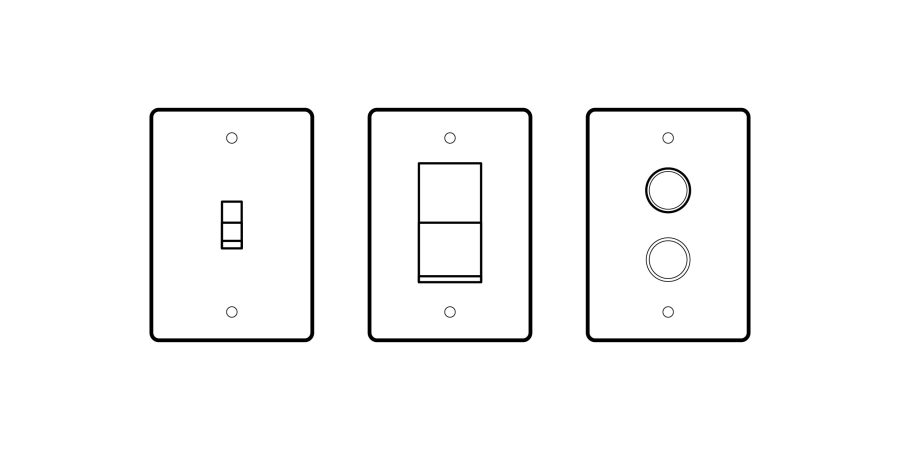
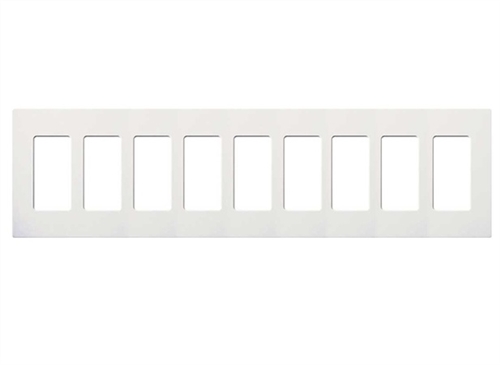
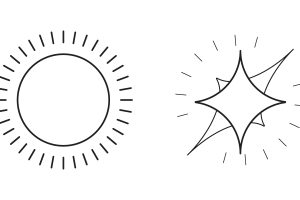
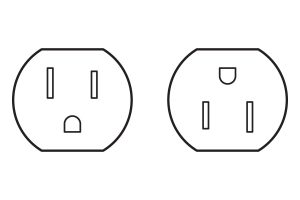
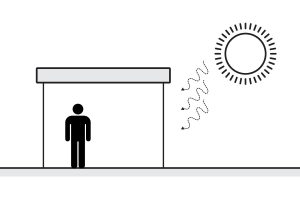
Leave a Reply
You must be logged in to post a comment.